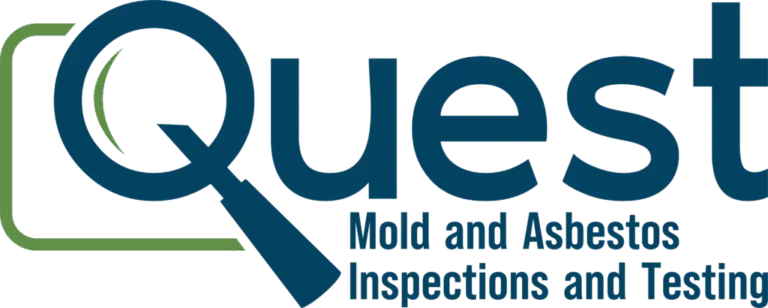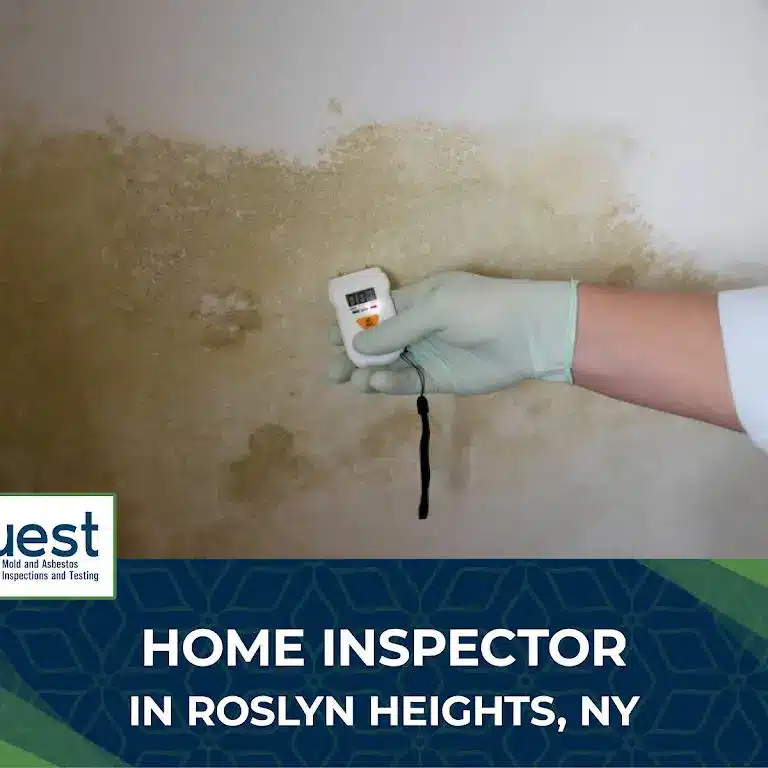Mold damage presents a complex economic challenge for homeowners and insurers alike. Addressing mold infestations is not just a matter of health and property maintenance, but also a significant financial burden. The costs associated with mold can vary widely, but it is clear that the financial impact is substantial, spanning mold removal, remediation, and potential health-related costs. Insurance policies often have specific guidelines and limitations regarding mold damage, leaving policyholders to navigate coverage restrictions and out-of-pocket expenses.
The relationship between mold damage and insurance coverage is nuanced. Most insurance companies extend coverage for mold damage only when it is a byproduct of a peril already covered under the policy, such as water damage from leaking pipes. However, many policies exclude mold claims explicitly, adding layers of complexity to the recovery process for the impacted parties. With remediation costs ranging significantly, homeowners are frequently left to weigh the options between professional mold removal services and personal efforts to mitigate the impact of mold.
Economic considerations extend beyond the immediate scope of afflicted properties into the broader sphere of market values and real estate transactions. Properties with a history of mold may experience depreciated value, affecting their appeal to potential buyers. Consequently, understanding the intersection of mold remediation and the economic implications for property owners and insurers is essential for effective management and recovery strategies.
Understanding Mold Damage and Insurance Coverage
When assessing the impact of mold within the home, it is essential to recognize the potential health risks and understand how homeowner’s insurance policies may respond. Insurance policies often specify covered perils and exclusions which determine the circumstances under which mold damage may or may not be covered.
Types of Mold and Associated Health Risks
Various types of mold exist, with some species like Stachybotrys chartarum, commonly known as black mold, being particularly notorious for their potential to cause health problems. Exposure to mold can lead to a range of health issues, especially for individuals with preexisting conditions such as allergies or asthma. The health risks associated with mold may include respiratory problems, allergic reactions, and other more serious ailments if left unchecked.
The Role of Homeowner’s Insurance Policies
Home insurance policies are designed to protect homeowners from a variety of damages to their property. However, when it comes to mold, the protection can be conditional. Insurance policies may cover mold damage if it is a direct result of a “covered peril,” such as a broken pipe causing water damage. Policies can differ greatly, so it is crucial for homeowners to thoroughly review their policy’s declarations and speak to their insurance providers for explicit coverage details.
Covered Perils and Exclusions in Insurance Policies
Insurance policies are explicit in defining covered perils—events like fires, theft, and certain types of water damage—that are included in the policy. Exclusions outline what is not covered, such as damage from neglect, which implies a failure to maintain the home in a way that prevents mold growth. While flood insurance is typically required to cover mold resulting from flooding, it’s often a separate policy from traditional homeowner’s insurance. Some insurers offer an endorsement at additional cost to add mold coverage that wouldn’t be included under the standard policy.
By recognizing the limitations and opportunities within one’s insurance policy, a homeowner can make an informed decision about the necessary coverage and any preventative measures to mitigate mold risks.
Filing a Claim for Mold Damage
When dealing with mold damage, understanding the process to file a claim is critical. One should know their insurance policy details, including coverage limits and deductibles, and be prepared to negotiate with adjusters.
Steps to File a Mold Claim
To initiate a mold claim, immediately contact your insurance company upon discovering the mold. Early reporting can be crucial to demonstrate prompt action to mitigate further damage. Document the affected area extensively with photos and videos, and list damaged items. If professional help is utilized, keep all receipts; these will be vital when submitting your claim for potential reimbursement.
- Stop the source of moisture: This may be a leaky pipe or a flood, but it’s imperative to prevent additional mold growth.
- Contact your insurance company: Do this without delay to begin the claim process.
- Document everything: Capture the damage extensively through visual media and make a comprehensive list of affected items.
- Engage with professional services if necessary: Often, professional mold remediation is required. Retain all documentation.
Understanding Coverage Limits and Deductibles
It’s essential to review your insurance policy to understand what mold damage is covered and identify the coverage limits. Policies often have specific limits for mold claims or may require additional riders. Be mindful that you will need to pay a deductible before coverage kicks in, which can impact the total out-of-pocket costs for the claim.
- Review the specific terms: Insurance policies vary greatly, so it’s critical to know the terms of your own policy.
- Know the coverage limits: These will dictate how much of the damages will be covered by the insurance.
- Understand your deductible: The deductible is the amount you pay before insurance covers the remaining costs.
Negotiating with Insurance Adjusters
Once a claim is filed, an insurance adjuster will assess the mold damage. It’s beneficial to be present during the adjuster’s inspection to point out all areas of concern. Be prepared to provide a detailed account of the damage and argue the need for adequate compensation. Remember to remain firm and clear in communications, presenting your documented evidence to substantiate your mold claim.
- Present your case: Utilize your documented evidence to show the full extent of the damage.
- Remain professional and courteous: A positive approach can be conducive to successful negotiations.
- Seek professional estimates: Quotes from mold remediation professionals can provide leverage in negotiations.
Mold Remediation and Recovery Costs
Mold remediation and recovery involve intricate processes and a range of costs. Important considerations include professional protocols for removal, specific factors that affect pricing, and steps to prevent future growth.
The Process of Professional Mold Remediation
Professional mold remediation begins with a thorough inspection, followed by containment to prevent the spread of mold spores. Technicians then use air filtration devices such as HEPA vacuums and air scrubbers to capture airborne spores. Infected materials are removed or treated with biocides and anti-microbial agents. Finally, proper disposal of contaminated items is essential to ensuring a clean environment.
Cost Factors in Mold Removal and Repair
Costs for mold removal can vary widely, influenced by factors such as:
- Extent of infestation: Small, contained areas generally cost less than widespread contamination.
- Location: Removal from hard-to-reach spaces like crawl spaces may increase the price.
- Type of mold: Some molds are more hazardous and require special handling, impacting cost.
- Damaged materials: The cost can escalate if extensive repairs are needed post-removal.
- Preventing future issues: Installing dehumidifiers or improving ventilation can add to the expense but is crucial for ongoing prevention of mold.
Preventive Measures to Avoid Future Mold Issues
Preventing mold begins with controlling humidity levels—ideally below 60%. Regularly inspect for leaks and promptly address any water damage. Using dehumidifiers and fans enhances air circulation and drying. Lastly, proper ventilation in areas like bathrooms, kitchens, and attics is essential to curtail mold growth.
Supplementary Coverage and Mold Prevention Strategies
Supplementary insurance coverage can be essential in mitigating financial losses due to mold, which is often excluded from standard homeowners insurance policies. Implementing preventive home maintenance can also reduce the likelihood of mold proliferation.
When to Consider Flood or Specialized Insurance
Homeowners should assess the need for flood insurance or specialized mold coverage, particularly if they reside in flood-prone areas. Standard home insurance policies typically do not cover flood-related damage, which is a common precursor to mold growth. The National Flood Insurance Program (NFIP) offers coverage that may help in the case of events leading to mold, such as floods. When selecting policies, homeowners are advised to carefully review the extent of the coverage, as some may offer limited mold damage protection.
Best Practices in Home Maintenance to Prevent Mold
- Inspect Regularly: Conduct routine inspections for water leaks and address them promptly to prevent mold growth.
- Control Humidity: Keep indoor humidity levels below 60% to inhibit mold development.
- Ventilation: Ensure proper ventilation, particularly in areas like bathrooms and kitchens, where moisture is prevalent.
- Clean and Dry: In the event of water intrusion, clean and dry the affected area within 24-48 hours to preclude mold.


